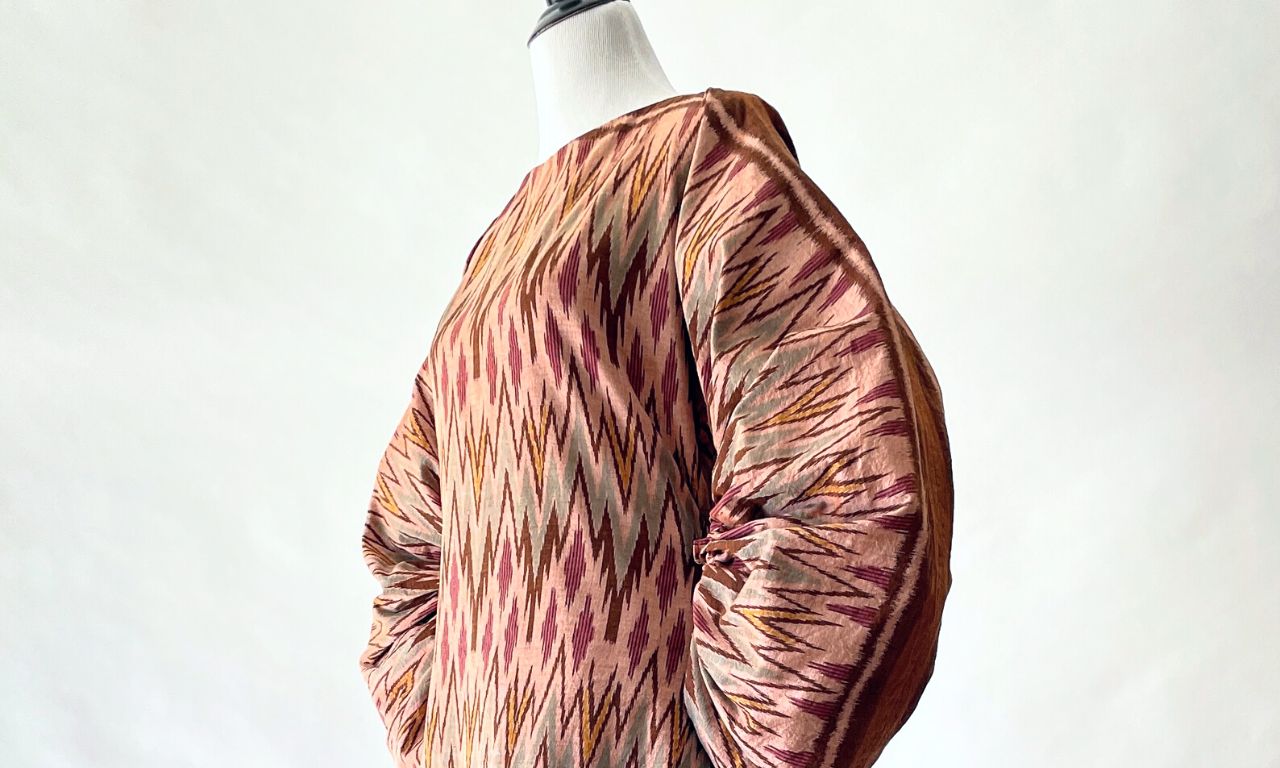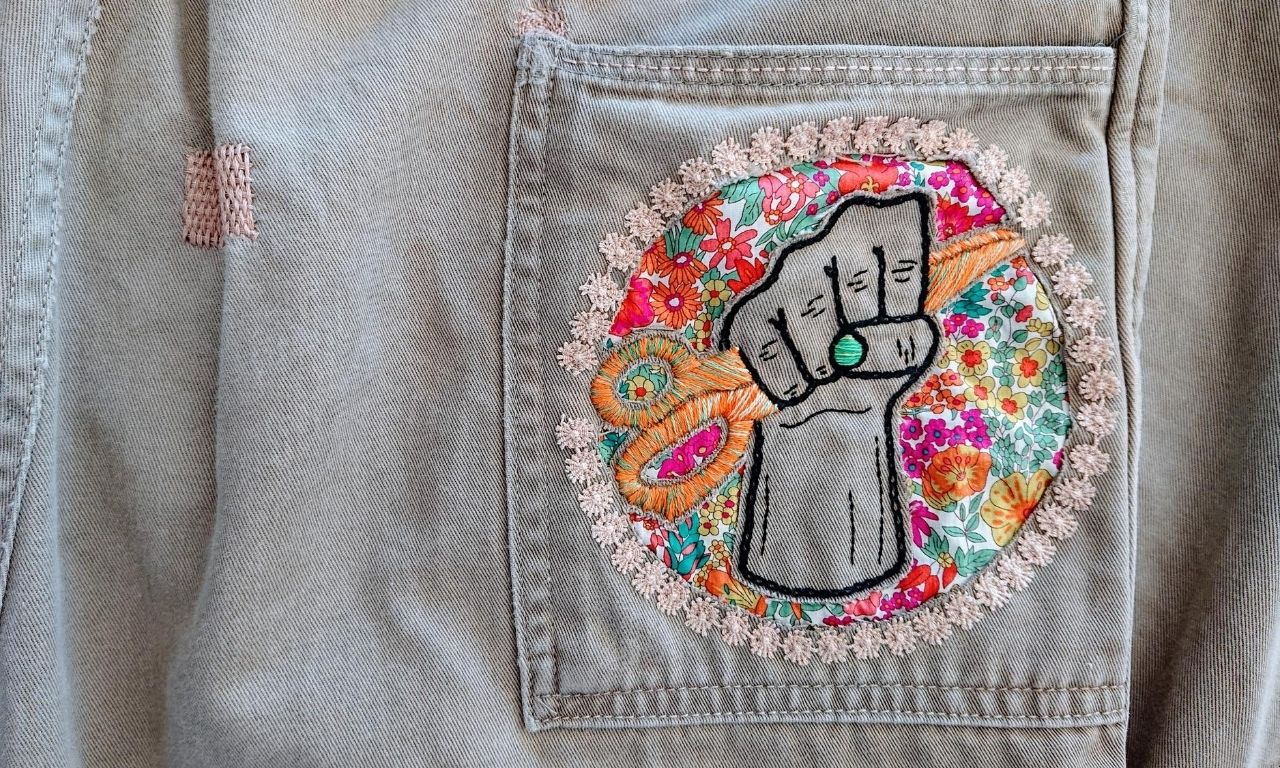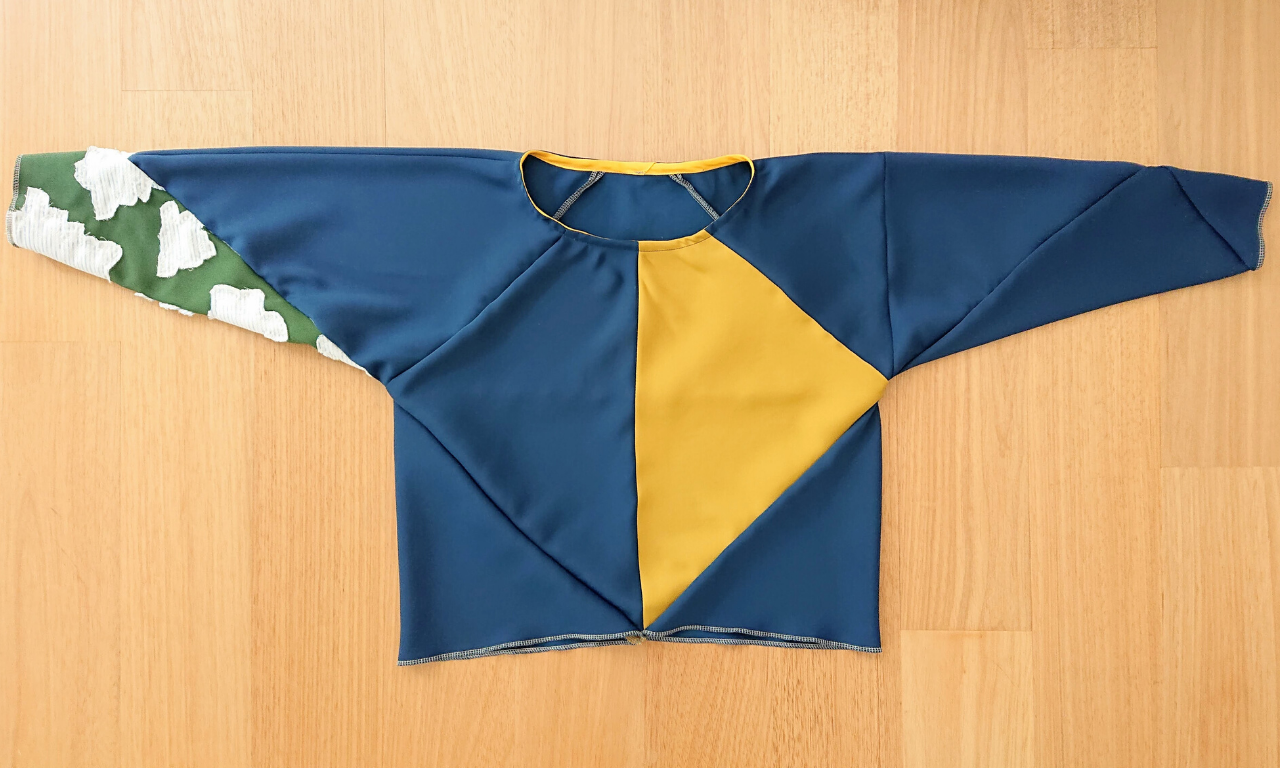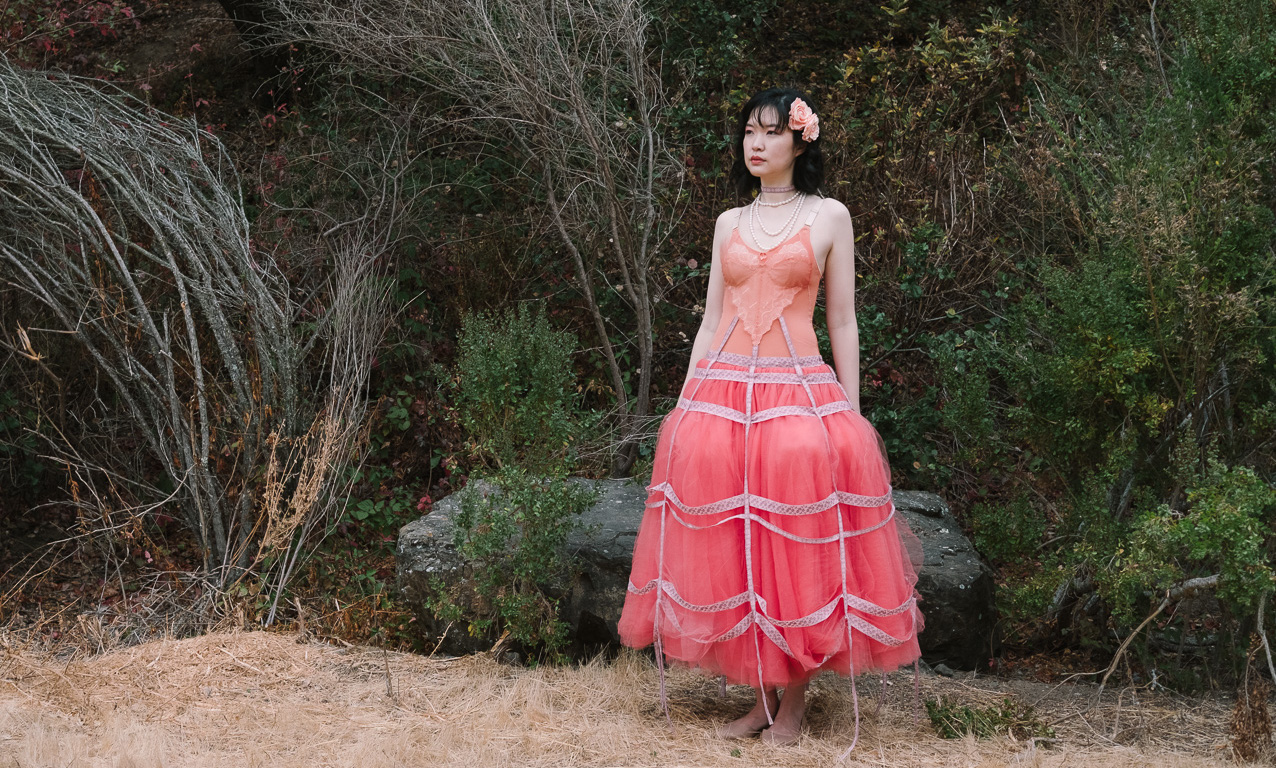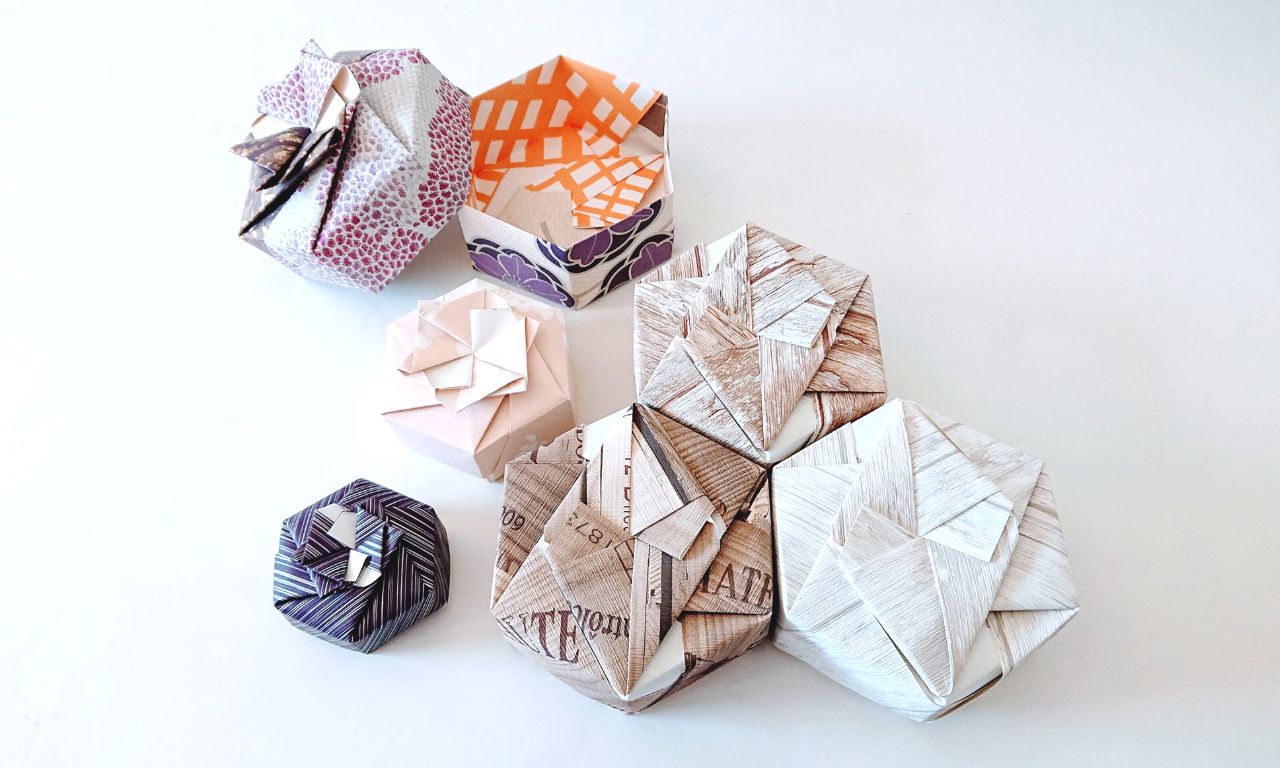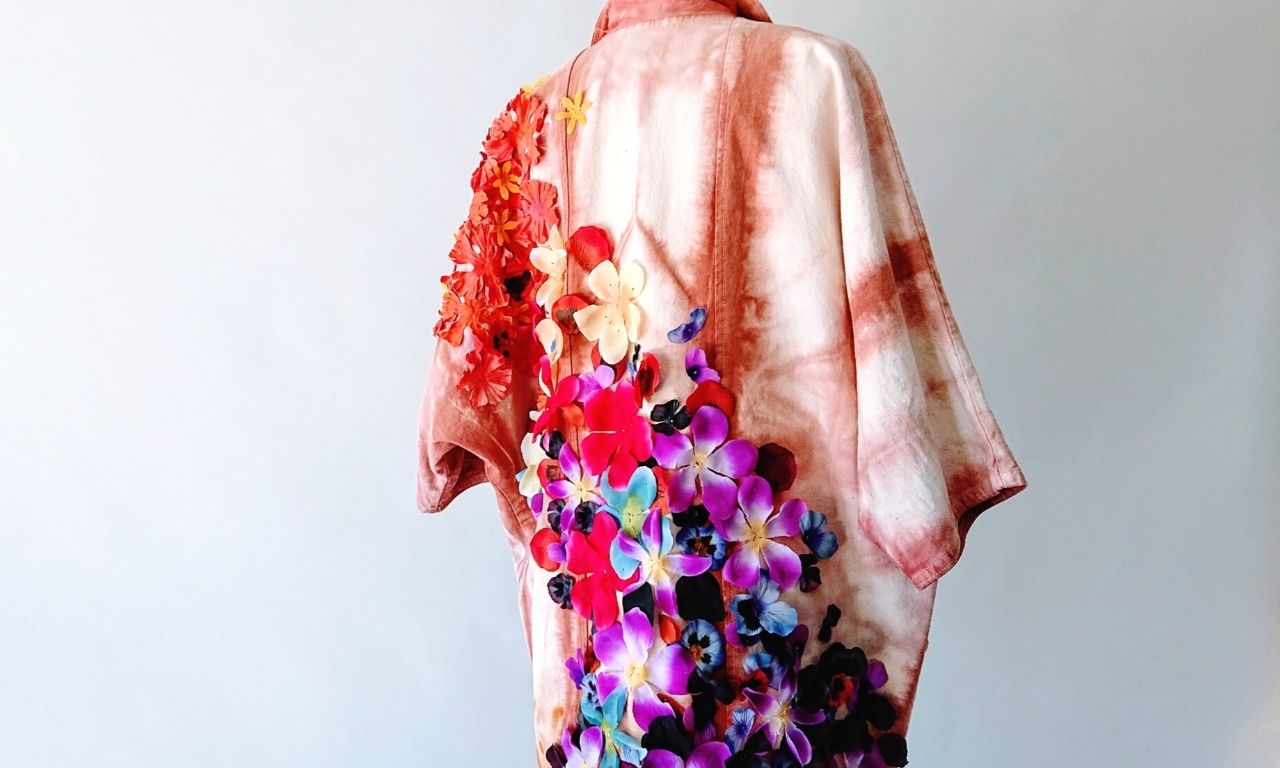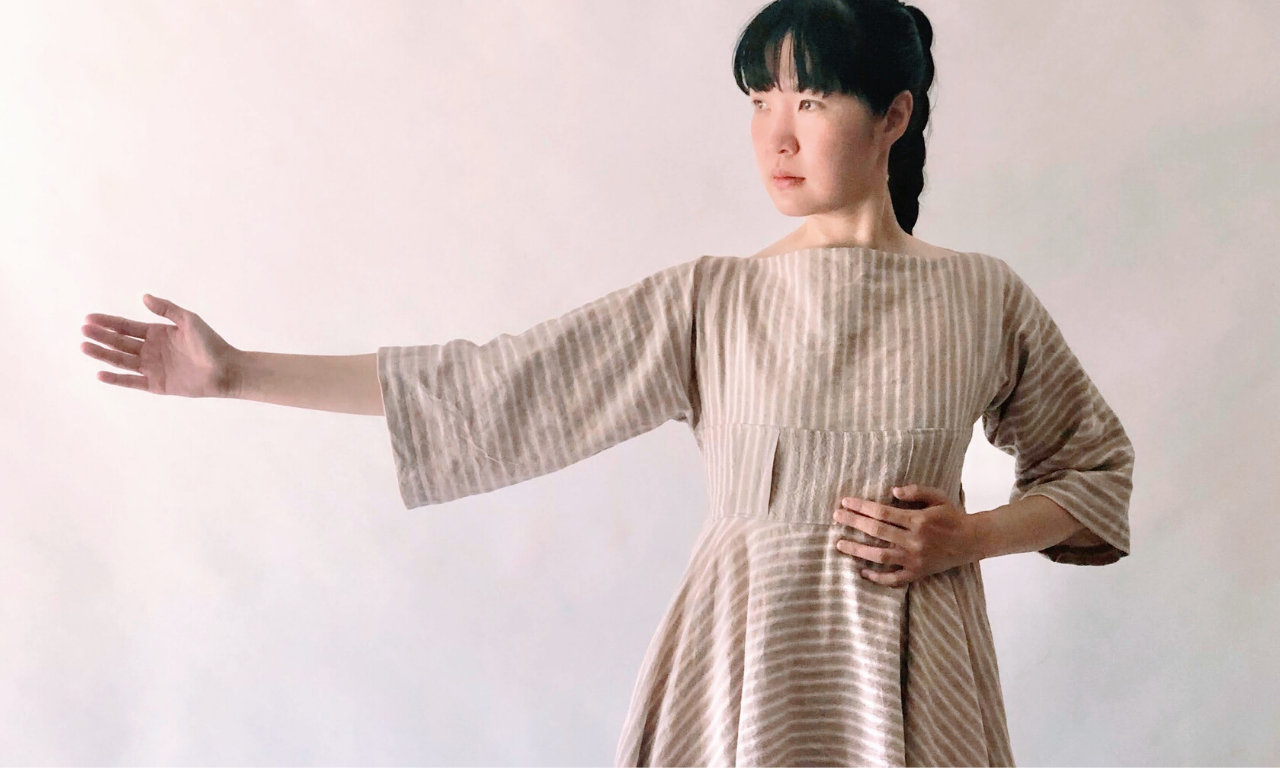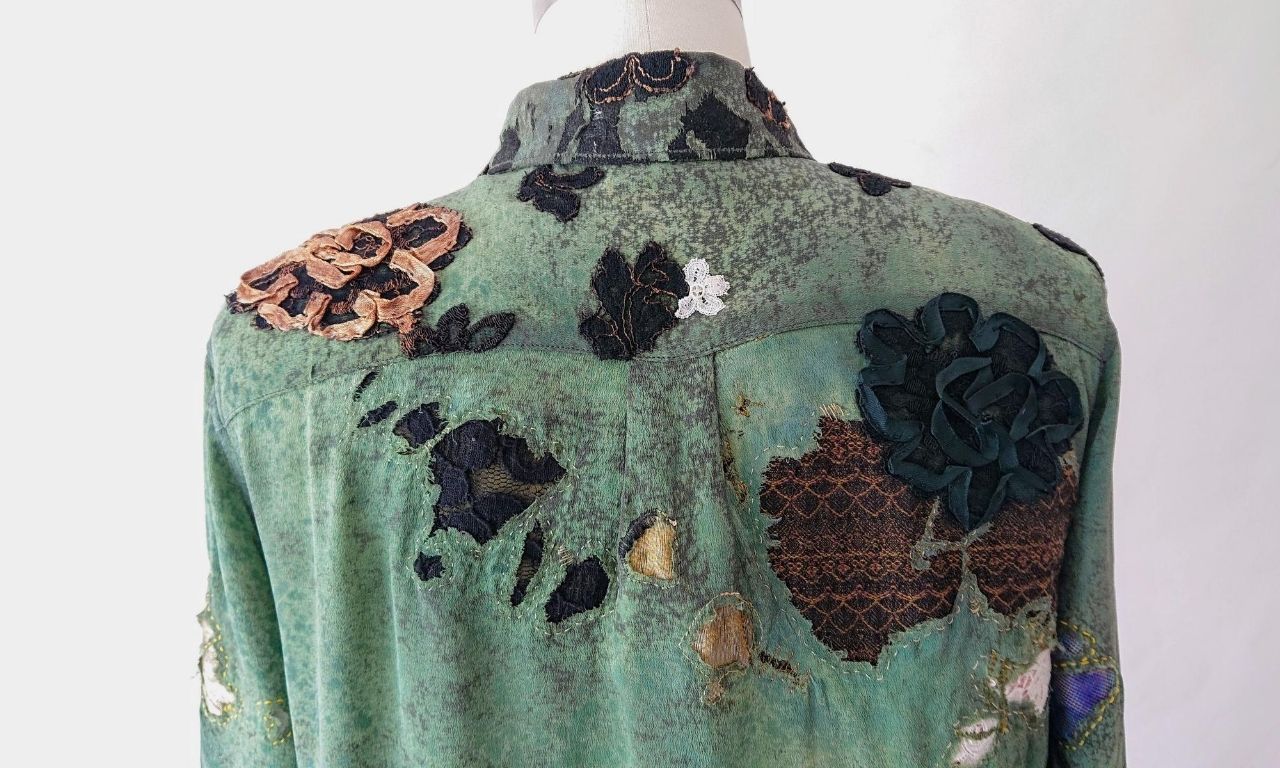About Us
Reimagine. Repair. Refashion.Fafafoom Studio is a design hub to Reimagine, Repair, and Refashion used clothes and discarded textiles by Mira Musank.
To date, Fafafoom Studio has diverted approximately 275 lbs. of used clothes and discarded textiles from landfill since 2018.
Get Latest Updates
About Fafafoom Studio
Fafafoom first started in 2007 as a fashion blog, largely showcasing fashion collections by local San Francisco Bay Area designers and students. When Mira became increasingly curious about garment construction, the transition from runway observation to DIY fashion experiments began.
In 2018, Mira began a new chapter in her artistic journey as a textile upcycling artist. While global high fashion styles continue to serve as major inspirations, she focuses on making good-quality garments with sensible functions that will be worn for a long time. Her thought processes of making these one-of-a-kind garments from start to finish are documented and shared on Fafafoom Studio. Mira’s works usually fall into one of three categories:
- Reimagine fabric cutoffs, remnants, and samples into a custom garment
- Repair holes, tears, and imperfections of an existing garment or accessories with reclaimed materials
- Refashion pre-owned garments into a new silhouette or design
Through Fafafoom Studio, she’d like to highly encourage reclamation and creative reuse of textile waste to keep them away from landfills, inspire makers of all levels, and invite collaborations with amazing individuals across the globe dreaming of a thoughtful and sustainable future.
About Mira Musank
Mira Musank is an interdisciplinary fiber artist who tackles overconsumption and waste in climate art activism. Based in the East Bay of San Francisco Bay Area, California – land of Indigenous tribes Muwekma, Ohlone, and Confederated Villages of Lisjan, Mira constructs custom garments by repurposing textile samples, used clothes, and fabric remnants. Through an intuitive process of sewing, weaving, and hand embroidery, Mira aims to give second chances to so-called textile waste with intimate yet expressive intentions.
Both Western haute couture and traditional East / Southeast Asian cultures inspire her works. Most recently, 3D models and virtual reality scene making inspires her to further her storytelling capability and engage with global communities.
To construct custom garments and accessories, Mira mostly sources her textile materials from the local Bay Area community – immediate neighbors, Buy Nothing and Freecycle groups, local designers and makers, as well as non-profit material rescue organizations. Afterwards, she redistributes what she ends up not using to the local community for creative reuse.
As a textile upcycling artist, Mira aims to encourage direct actions to address overproduction and overconsumption in this climate emergency era. She seeks global collaborative initiatives with creatives in various design disciplines to weave and amplify artistic voices and celebrate human-centric heritages.

In the Media
Featured In
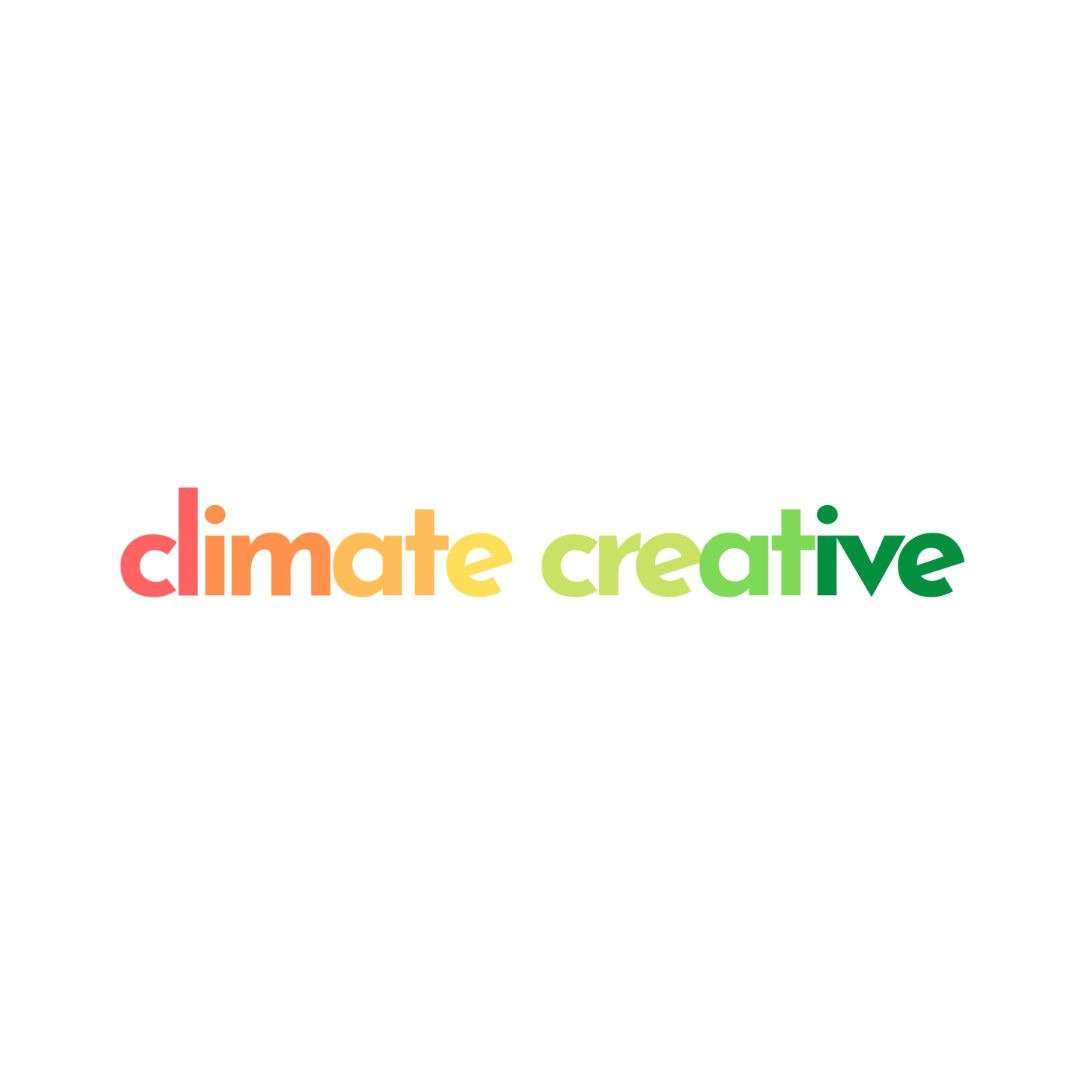


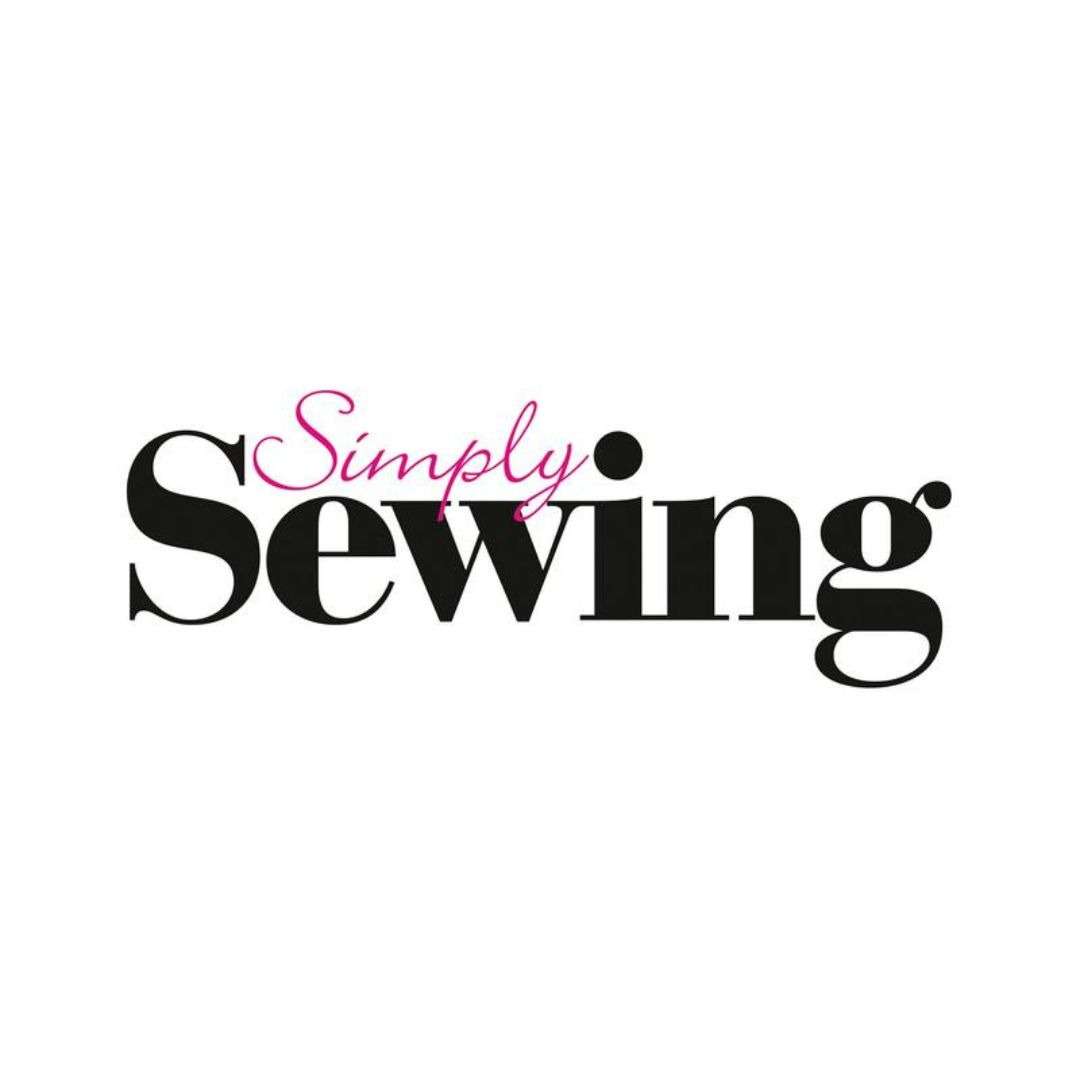
Get In Touch
For press or interview inquiries, please email press@fafafoom.com.
For general questions, please email contact@fafafoom.com.
We Tackle Overconsumption and Waste
Global threat of textile waste
A staggering 73% of all clothing materials globally end up in landfills or incinerated. In the US alone, the figure is around 85% in 2018, amounting to 11 million tons of textiles landfilled and the rest incinerated. This equates to a garbage truck filled with textile waste being dumped every second, every year.
Throwaway Fashion Culture
Nowadays, people wear clothes 36% fewer times before discarding them compared to 15 years ago. Shockingly, the average American throws away 81 pounds (37 kg) of clothes annually, with most ending up in landfills.
Abysmal clothing recycling rate
Less than 1% of old clothes get recycled into new garments due to the complex mix of materials used. Globally, a paltry 12% of clothing materials are recycled, with the rest downcycled, incinerated or landfilled. This translates to $500 billion lost annually from underutilization and lack of recycling.
Donating Clothes is a temporary fix
While donating used clothes is well-intentioned, only 10-20% gets sold domestically. The United States is the top exporter of global secondhand clothing exports, where most ends up in Africa. Alarmingly, at Ghana’s Kantamanto Market, 40% of received secondhand clothes go directly to landfills. The excess clothing disposal exacerbates environmental disasters and displaces communities worldwide.
Material Sourcing
We rarely work with newly purchased materials. As much as possible, we shop our own wardrobe, source materials (clothes, fabric cutoffs, textile samples, deadstock, etc.) from local neighbors and non-profit organizations:
- To date, Fafafoom Studio has upcycled pre-owned clothing and home decor items from: Banana Republic, H&M, JC Penney, Target brands, MUJI, Uniqlo, United Colors of Benetton, West Elm, Zara, and many others.
- We regularly mend clothes and accessories from the following brands: Company of We, Kapital Japan, Levi’s.
- We receive fabric cutting remnants from the following local brands periodically: purplemaroon, Jessie Liu Collection.
- Additional fabric, leather, and paper samples from showrooms and design houses are also procured from Fabmo.
- Vintage garments and accessories, as well as fabric supplies from local home sewists and neighbors are also sourced at least once a year.
Excess fabric stashes that are not used are later redistributed to local communities for creative reuse via Buy Nothing or Freecycle groups.
In the future, we’d like to locally source sustainably made fabrics and textiles, as well as exploring new innovations in biomaterials.
Repurpose and Reuse
We use sewing and overlocking machines, as well as hand sewing techniques to repurpose materials. Here are the methods we usually use (but not limited to):
- Deconstruction and reconstruction of pre-owned clothes
- Patchworking (i.e. piecing together various fabric cutoffs and textile samples before cutting and sewing them)
- Fabric layering / applique applying
- Blanket / crochet stitch and darning (frequently used to fix garment imperfections)
- Hand embroidery for surface embellishments or stain cover-up
- Seam finishing techniques that include top stitch, bias bind, french seam, flat fell seam, and invisible hem stitch.
What We Make
Our Projects
Special Thanks to Our Collaborators
Our community

